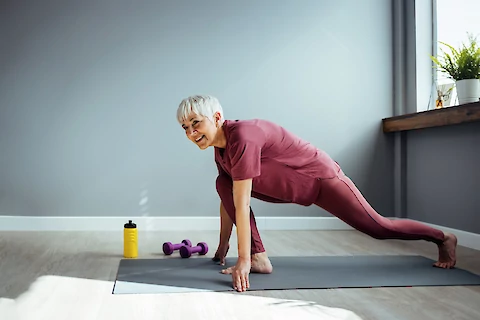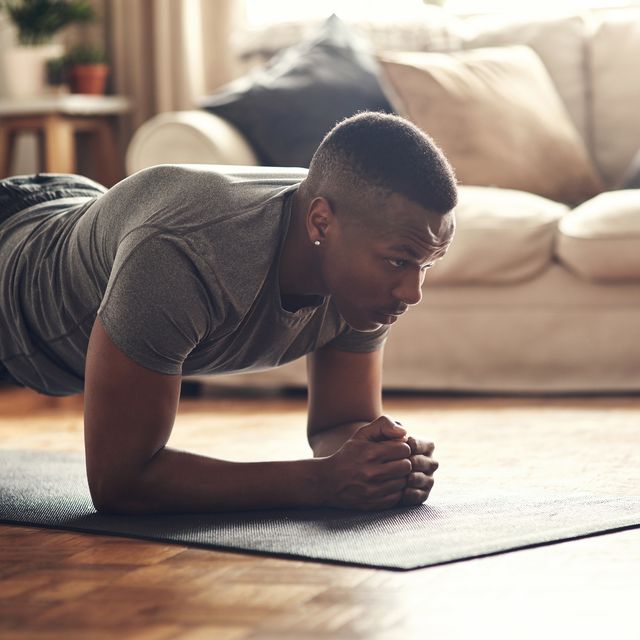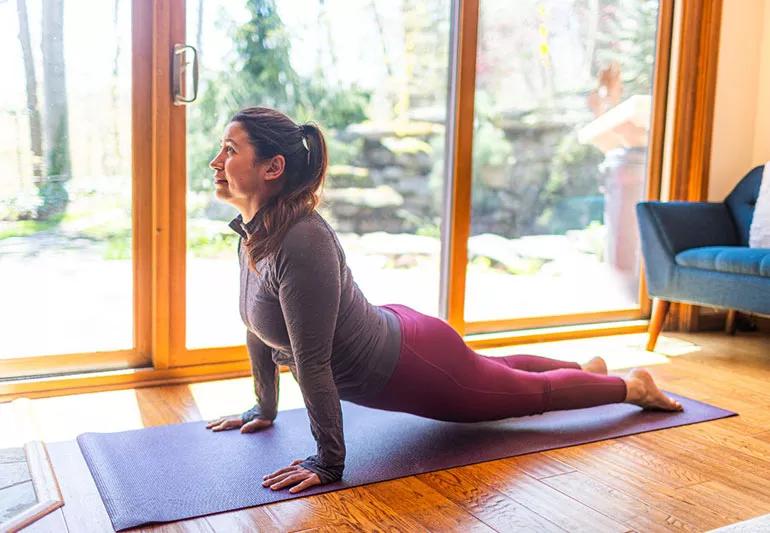
In today's fast-paced world, it can be easy to neglect our health and well-being in favor of work, family, and other responsibilities. However, prioritizing regular exercise is crucial for maintaining a healthy body and mind. While gym memberships and fitness classes are popular options, many people are turning to home exercise routines as a convenient and cost-effective alternative. In this article, we will explore the benefits of exercising at home and provide valuable tips for setting up a successful home workout space.
Importance of Regular Exercise
Regular exercise offers a wide range of benefits for both physical and mental health. From reducing the risk of chronic diseases such as heart disease and diabetes to improving mood and boosting energy levels, the impact of exercise cannot be overstated. According to the World Health Organization, adults should engage in at least 150 minutes of moderate-intensity aerobic physical activity each week to maintain good health. Research has shown that regular exercise can help to lower blood pressure, improve cardiovascular health, and promote weight loss.
Setting Up a Home Exercise Space
Creating a dedicated space for exercise in your home is essential for sticking to a consistent workout routine. Look for an area with enough room to move freely and store any necessary equipment. Clear out clutter and make sure the space is well-lit and ventilated. Consider investing in a yoga mat, resistance bands, dumbbells, or other basic equipment to enhance your home workouts.

Also read:- Discover the ABCs of Healthy Eating: Master Portion Control, Balanced Meals, and Mindful Practices
Home Exercise Tips for Beginners
If you're new to exercise, it's important to start slowly and gradually build up your fitness level. Simple bodyweight exercises such as squats, lunges, and push-ups are great options for beginners. Focus on maintaining proper form and technique to prevent injuries and maximize the effectiveness of your workouts. As you become more comfortable with these exercises, you can increase the intensity by adding repetitions or incorporating new movements.
Incorporating Cardiovascular Exercise at Home
Cardiovascular exercise is key to improving heart health and increasing endurance. You don't need fancy equipment to get a good cardio workout at home – activities such as jumping jacks, high knees, or running in place can get your heart rate up. High-intensity interval training (HIIT) is a popular and effective way to boost cardiovascular fitness. Try alternating between periods of intense exercise and rest to challenge your body and burn more calories.

Strength Training at Home
Strength training helps to build muscle mass, improve bone density, and boost metabolism. Bodyweight exercises like squats, lunges, and planks can be done at home without the need for equipment. To add resistance and make your workouts more challenging, consider investing in resistance bands or dumbbells. Aim to target all major muscle groups with a variety of exercises to achieve a balanced and effective strength training routine.
Flexibility and Mobility Exercises
Flexibility and mobility exercises are often overlooked but are crucial for overall health and well-being. Stretching routines can help to improve range of motion, reduce muscle stiffness, and prevent injuries. Yoga and Pilates are excellent options for enhancing flexibility, balance, and core strength. Incorporating these practices into your home exercise routine can help you feel more relaxed, energized, and flexible.

Building a Consistent Home Exercise Routine
Consistency is key when it comes to seeing results from your home workouts. Find a time of day that works best for you and schedule your exercise sessions like any other appointment. Set realistic goals for yourself and track your progress over time to stay motivated. Consider enlisting the help of a workout buddy or joining online fitness communities for added accountability and support.
Conclusion
In conclusion, establishing a home exercise routine can have a significant impact on your overall health and well-being. By following the tips outlined in this article, you can create a successful workout space in your home and incorporate a variety of exercises to target different aspects of fitness. Remember that staying active and maintaining a healthy lifestyle is a lifelong journey, so start small, stay consistent, and enjoy the many benefits that regular exercise has to offer. Begin your home exercise journey today and take the first step towards a happier, healthier you.
FAQs
Q: Why is regular exercise important for overall health?
A: Regular exercise offers numerous benefits for physical and mental health, including reducing the risk of chronic diseases, improving mood, and boosting energy levels.
Q: What are some key tips for setting up a home exercise space?
A: Choose a dedicated area with enough room, good lighting, and ventilation. Consider basic equipment like a yoga mat, resistance bands, or dumbbells to enhance your workouts.
Q: How can beginners start their home exercise routine?
A: Beginners can begin with simple bodyweight exercises like squats, lunges, and push-ups, focusing on maintaining proper form and gradually increasing intensity.
Q: How can cardiovascular exercise be incorporated into home workouts without equipment?
A: Activities like jumping jacks, high knees, or running in place can elevate your heart rate for a good cardio workout. High-intensity interval training (HIIT) is also effective.
Q: Why is strength training beneficial, and how can it be done at home?
A: Strength training helps build muscle, improve bone density, and boost metabolism. Bodyweight exercises and adding resistance with bands or dumbbells are great for at-home strength training.
Q: Why are flexibility and mobility exercises important, and how can they be included in a home exercise routine?
A: Flexibility and mobility exercises enhance range of motion, reduce stiffness, and prevent injuries. Practices like yoga and Pilates can improve flexibility, balance, and core strength at home.
Q: How can one maintain a consistent home exercise routine for long-term success?
A: Find a convenient time for workouts, set achievable goals, track progress, and consider accountability through workout buddies or online communities to stay motivated and consistent with your home exercises.


0 Comments